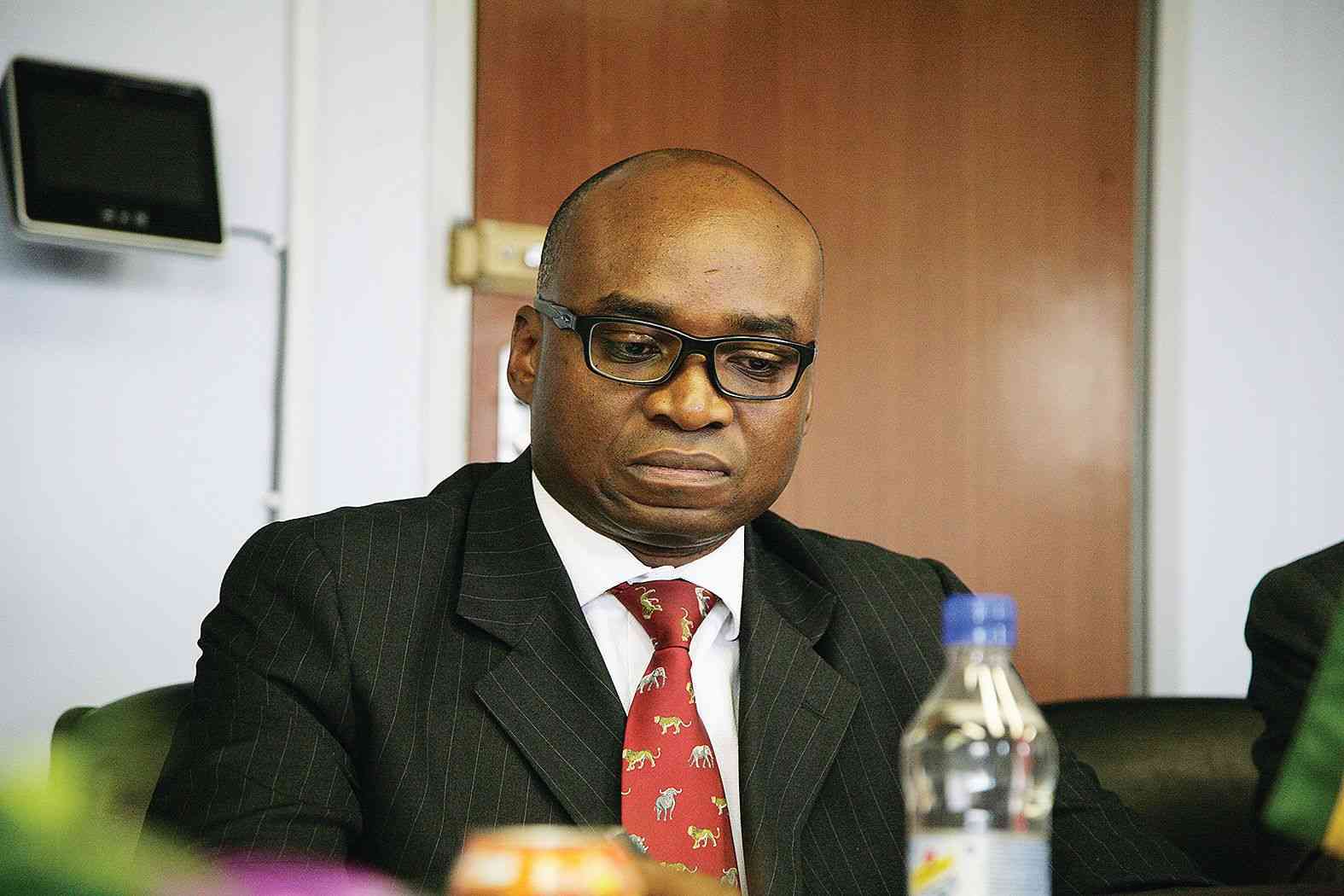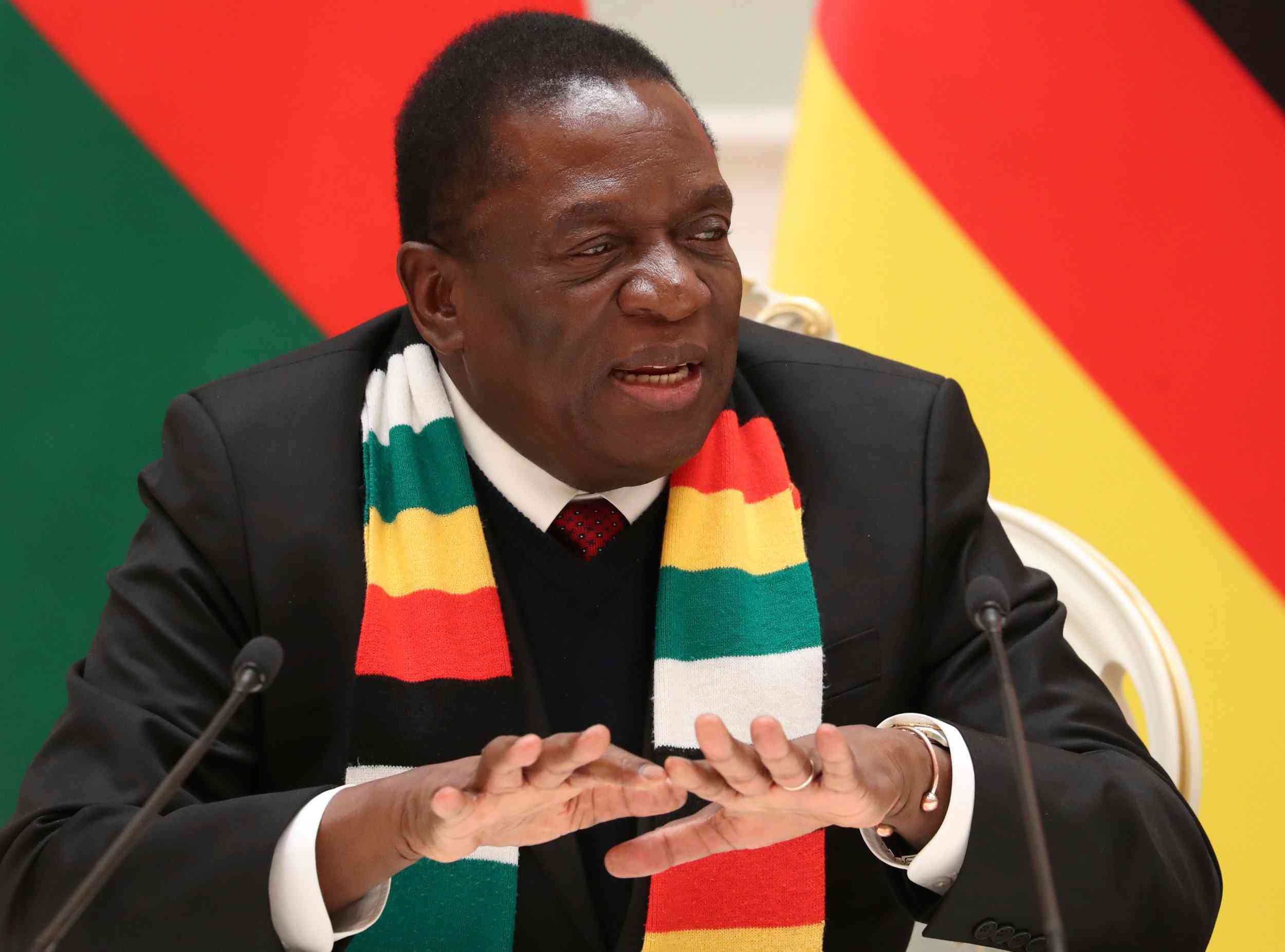
BY TATIRA ZWINOIRA THE Zimbabwe Revenue Authority (Zimra) has reported a 283,65% increase in debt to $33,25 billion in 2021 owing mostly to exporting firms indicating that the current tax regime remains too high for companies.
The increase is from a 2020 comparative of $8,66 billion.
Over the past few years, as part of treasury’s domestic financing strategy, taxes have risen including increases such as a 4% tax on all foreign currency transactions, corporate tax, 40% forex retention, withholding taxes, and excise duty.
However, with the local currency continually losing value resulting in higher expenditure and smaller capex spending, companies have been struggling to cope to pay these tax increases.
“Debt increased on all tax heads. This was partially driven by economic challenges as a result of Covid-19 induced lockdowns and inflationary pressures,” Zimra said, in its newly released 2021 annual report.
“However, strategies implemented to recover debt included constant follow-up of debtors, negotiated payment plans, garnish orders and set-off arrangements.”
In a breakdown of the debt, companies and customs debt (customs and excise duties) rose nearly 170% and 3 161%, respectively, to $4,33 billion and $16,99 billion, as of the end of last year.
Of this amount, $8,14 billion and $521,12 million were outstanding domestic tax and customs debt, respectively, as of January 1, 2021.
- Chamisa under fire over US$120K donation
- Mavhunga puts DeMbare into Chibuku quarterfinals
- Pension funds bet on Cabora Bassa oilfields
- Councils defy govt fire tender directive
Keep Reading
The increase was from a 2020 comparative of $1,61 billion and $521,12 million under the companies and customs tax head debt, respectively.
“The huge customs debt movement of 3160,65% is in respect of excise duty due to the audits into mainly the fuel sector undertaken in 2021,” Zimra said.
“A number of the clients are on a settlement plan. The debt on customs duty is attributable to outstanding assessments from notices of seizures/receipt for items held (RIH).”
Further, individual and value added tax (VAT) debt rose 120,17% and 48,49%, respectively, to $5,62 billion and $4,02 billion last year compared to the 2020 period.
In 2020, individual and VAT debt ended the year at $2,55 billion and $2,71 billion, respectively.
During the period under review, total revenue collections from companies were 28,71% above the set target of $73,55 billion, rising to $94,67 billion.
Zimra reported that companies were the second highest tax head last year, contributing 20,42% to total net revenue collections of $463 570 205 824,01 last year.
The total net revenue collections was nearly 20% above the initial 2021 target to $387,4 billion and up a near 154% from $182,59 billion in 2020.
The first biggest tax head was value added tax that surpassed its target by 16,08% to end the year at $116,7 billion, up from a 2020 comparative of $44,64 billion.
“Collections were mainly driven by increased production capacity in the manufacturing sector, which increased from 47% in 2020 to 56.25% by end of 2021,” Zimra said.
“Corporate income tax contributed 20.42% of the total revenue collections.
“The authority’s risk-based enforcement activities and debt collection strategies also enhanced the revenue head’s performance.”
As a result of the high taxes, the levels of tax evasion also increased.
Zimra recovered $694,79 million following investigations, lifestyle audits and hotline cases, up 268% from a comparative $258,95 million in 2020.
“Other challenges faced by businesses during the year under review include electricity supply bottlenecks, procurement delays due to Covid-19 induced supply risks, increased costs of raw materials (imported inflation), rising production costs and demand for wage increases,” Zimra chairperson Anthony Mandiwanza said.
He said Zimra’s strategy (2021-2025) is concurrently running with the government’s National Development Strategy 1 (NDS-1).
The authority’s strategy includes contributing to the NDS-1 National Priority of “Economic Growth and Stability” through domestic resources mobilisation.











